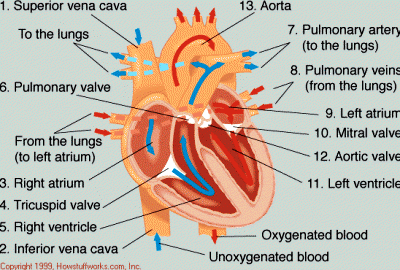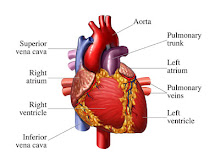THIS GIVES INFO ON BIONIC PANCREAS
NEWS
Bionic Pancreas
Artificial organ could improve control over diabetes
By Sandra Upson / January 2011

Photo: Pantelis Georgiou
Diabetes Device: A chip mimics the behavior of two types of pancreas cells to fight diabetes.
When Pantelis Georgiou and his fellow biomedical engineers at Imperial College London decided to design an intelligent insulin pump for diabetes patients, they started at the source. "We asked ourselves, what does a pancreas do to control blood glucose?" Georgiou recalls.
The answer is pretty well known: The organ relies primarily on two populations of cells—beta cells, to secrete insulin when blood glucose is high, and alpha cells, which release a hormone called glucagon when glucose levels are low. "We simulated them both in microchip form," Georgiou says. This biomimetic approach diverges from today's dominant method of delivering only insulin using a relatively simple control system.
In a small clinical trial of 10 patients beginning this year, Georgiou and his colleagues Nick Oliver and Pau Herrero Viñas at the Centre for Bio-Inspired Technology will begin testing a device controlled by the microchip's cell models at two London hospitals. The device will infuse both insulin and glucagon by following a pattern that mimics the unique electrical characteristics of alpha and beta cells.
In a patient with type 1 diabetes, the body's immune system attacks and kills the insulin-secreting beta cells, causing an increase in blood glucose; as years pass, the glucagon-secreting alpha cells also tend to fail. So people with type 1 diabetes become prone to occasional—but dangerous—episodes of extremely low blood sugar, a condition that in a healthy body would be prevented by the alpha cells. Periods of low blood sugar can severely affect patients' quality of life due to an inadequate supply of glucose to the brain. The poor control of blood sugar can in the long term lead to damage to the heart, kidneys and eyes. To minimize those complications, the Imperial College device attempts to model the electrophysiology of both types of cells to produce an artificial pancreas with greater fidelity to the real organ.
The device consists of an electrochemical glucose sensor that penetrates the skin, the microchip, and two small pumps worn on the body, one for each hormone. Every 5 minutes, the sensor detects the person's glucose level. If the sensor reports a high level of glucose, the silicon beta cell generates a signal that drives a motor. The motor pushes a syringe, dispensing insulin into the tissue beneath the skin until the glucose reading at the sensor drops and the beta cell goes silent. If the sensor reports a low glucose value, the microchip's simulated alpha cell activates the glucagon pump instead.
The microchip's control algorithms were designed to mimic the very different behaviors of the two cell populations. An alpha cell tends to react in spikes: When the concentration of glucose dips below a certain threshold, the electrical potential across the cell's membrane rapidly rises and then falls, releasing a discrete amount of glucagon. The liver then detects the glucagon and unlocks stored glucose in response. As the amount of glucose in the blood falls lower, the spikes become more rapid, releasing more glucagon.
A beta cell, by contrast, tends to react in bursts of voltage spikes punctuated by low-voltage silent periods that last for seconds or even minutes. When glucose concentrations rise, the beta cells remain in the high-voltage burst state longer, secreting more insulin as a result.
Another dual-pump design was reported last April by researchers from Boston University, Massachusetts General Hospital, and Harvard Medical School. In that trial, a similar device infused patients with both insulin and glucagon to show that the two-hormone method could prevent blood glucose concentrations from dropping too low, lending credence to the idea that glucagon could soon play a major role in diabetes management. This device, however, uses a predictive control scheme to determine the release of hormones, rather than copying the behavior of real cells.
If Imperial's preliminary trial is successful, the researchers will then perform more difficult testing on a greater number of subjects.
A correction to this article was made on 30 December 2010.








No comments:
Post a Comment